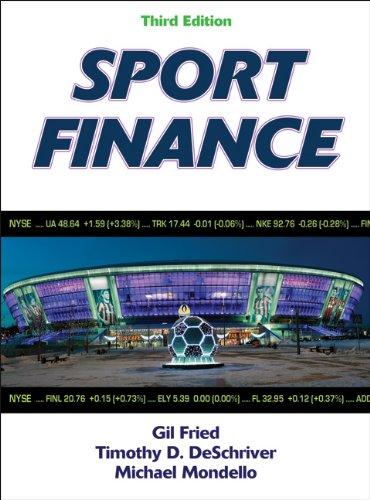Asap

G11. Which of the following is considered a part of financial risk? a. Demand variability b. Sales price variability c. The extent to which operating costs are fixed d. Changes in interest rates on debt e. The ability to change prices as costs change Q12. In which of the following combinations of capital structure do the common stockholders have to bear the maimum risk 100 percent equity b. 100 percent deb c. 50 percent equity and 50 percent debt d. 25 percent equity and 75 percent debt e. 75 percent equity and 25 percent debt Q13. Which of the following statements is true of the optimal capital structure? a It is found by determining the debt-equity mix that maximizes expected EPS b. It simultaneously maximizes EPS and minimizes the WACC c. 1t minimizes the cost of equity, which is a necessary condition for maximizing the stock price d. It simultaneously minimizes the cost of debt, the cost of equity, and the WACc e. It should have the combination of debt and equity that will maximize the price of the firm's stock Q14. The reason that MM Proposition concerning copital structure does not hold in the presence of corporate taxation is becouse a. levered firms pay less taxes compared with identical unlevered firms b. bondholders require higher rates of return compared with stockholders c. eamings per share are no longer relevant with taxes d. dividends are no longer relevant with taxes e. All of the above Q15. According to the Pecking order theory conceming capital structure decisions a. There is no hierarchy preference between the different financing sources b. Firms issue equity fiest, then use debt and finaly use internally generated funds c. Firms use debt first, then retained eanings and finaly issue equity d. Firms use internally generated funds first, then issue debt and finally issue equity e. Firms with many investment opportunities should maintain reserve borrowing capacity Q16. The optimal capital structure will always be lower than the debt/assets ratio that maximizes the a. expected EPS b. weighted average cost of copital c. beta coefficients d. degree of financial leverage e. net operating income Q17. A company's debt ratio is 35% and its levered Beta for this level of debt s i.26 if the tax rate is 40% compute the company's unlevered beta using the Harmada equation Page 1 3








